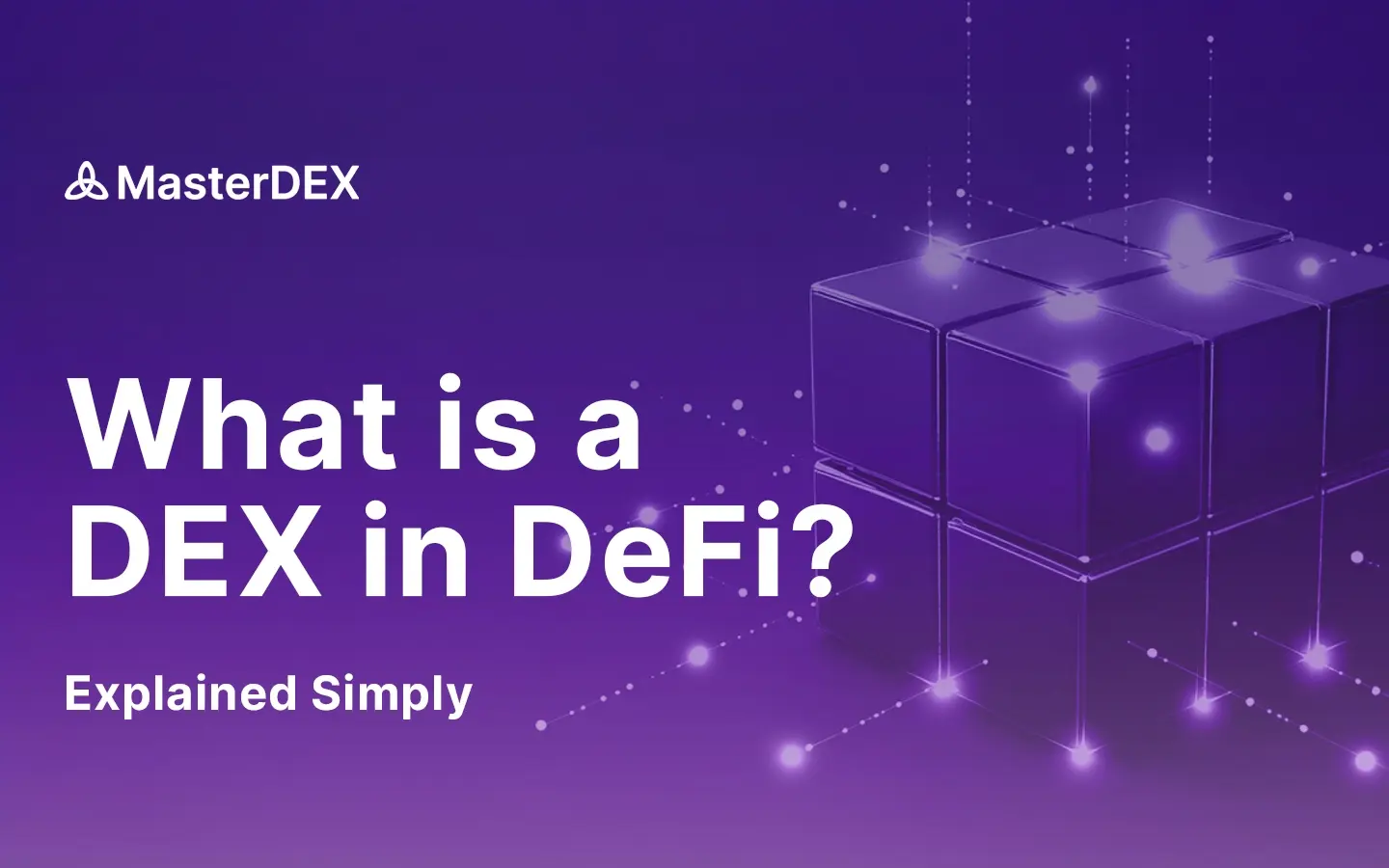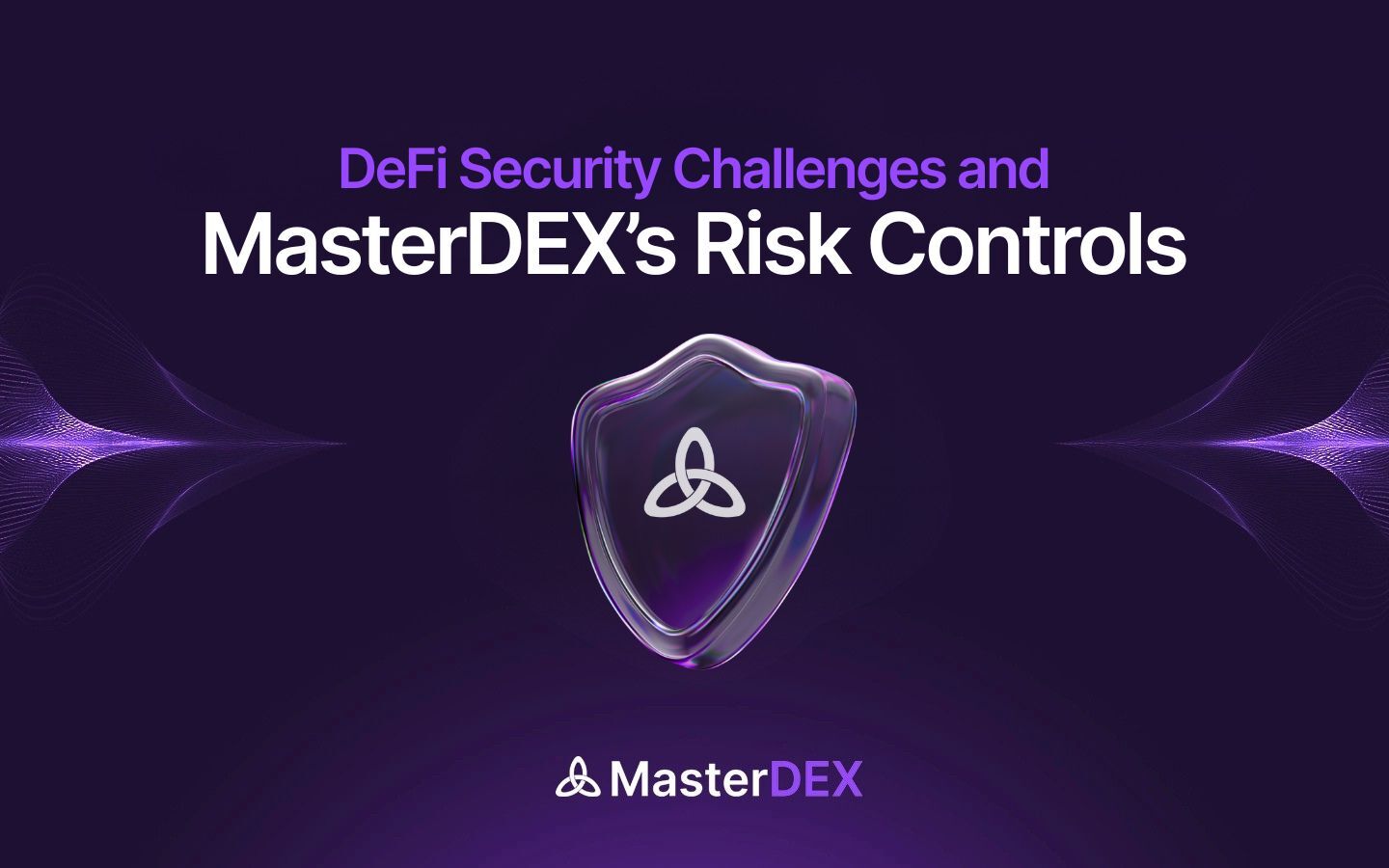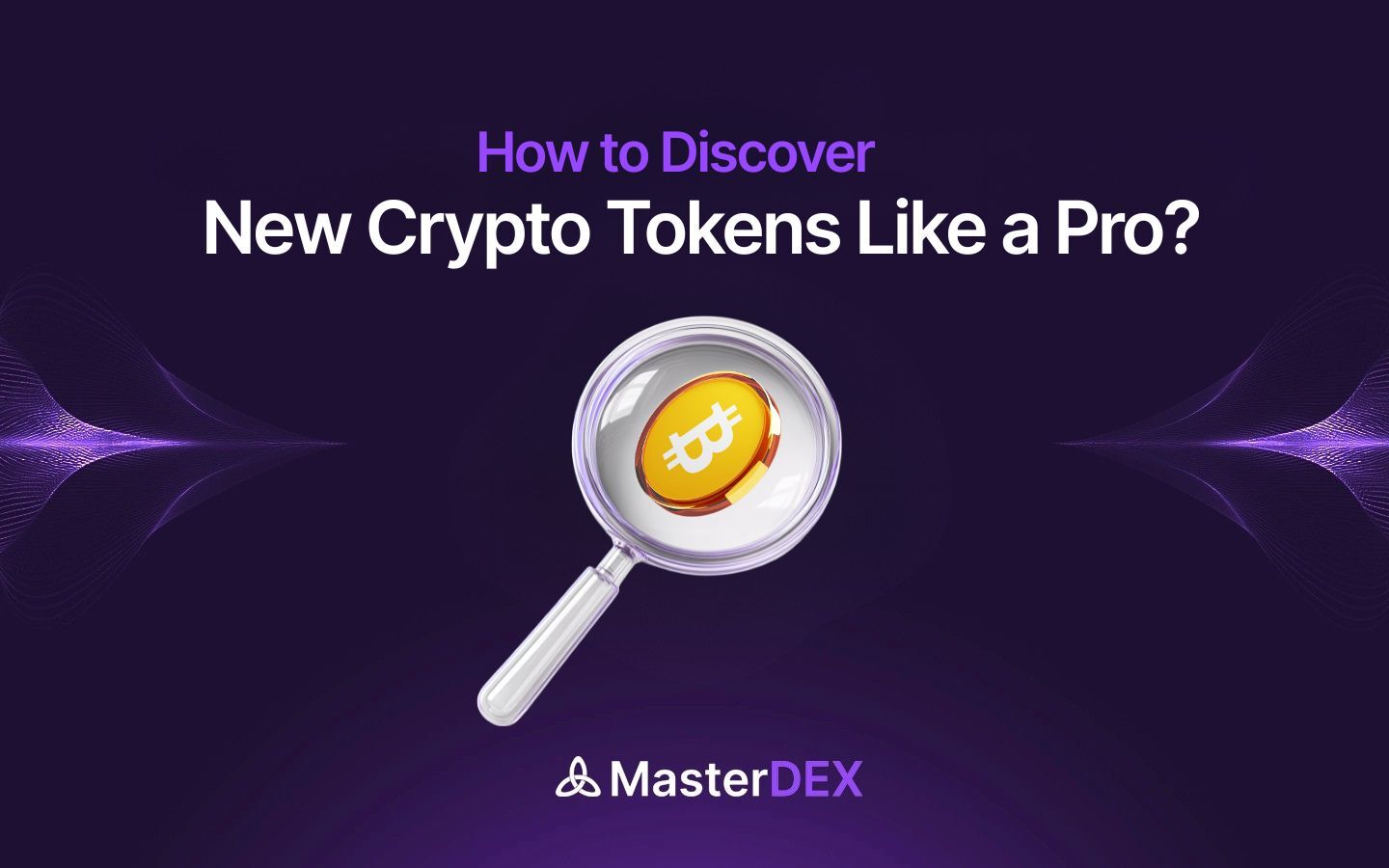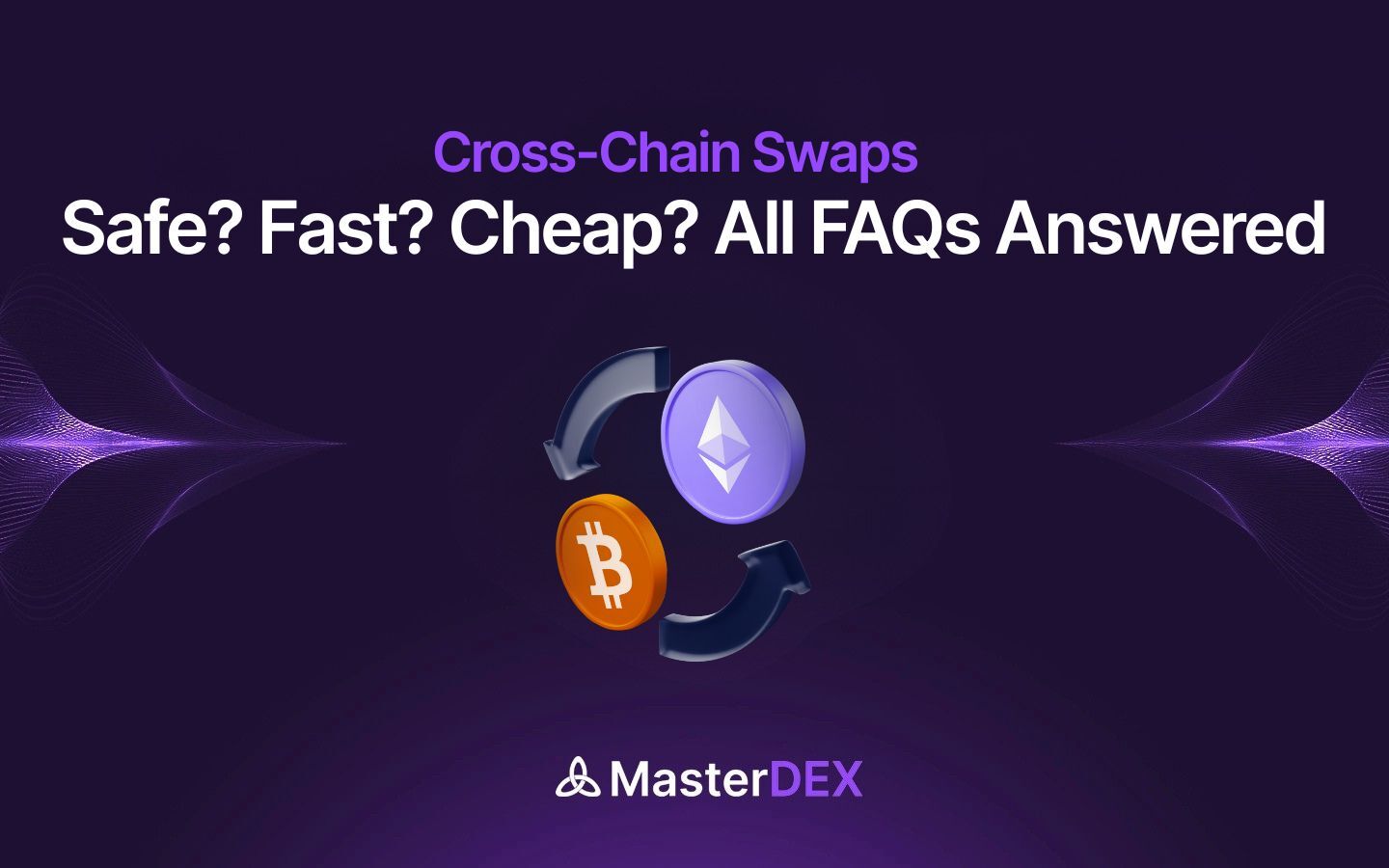Table of Contents:
ToggleIntroduction
A decentralized exchange (DEX) is an essential part of decentralized finance (DeFi). It enables users to trade cryptocurrencies without relying on intermediaries such as banks or centralized exchanges. Unlike traditional systems, where third parties control transactions, DEXs use smart contracts to facilitate P2P trading in a secure and transparent manner. Since there is no central authority overseeing these transactions, users retain full control over their funds. This reduces risks such as hacks, fund mismanagement, or regulatory interference significantly. As DeFi continues to evolve, DEXs play a crucial role in creating a permissionless, transparent, and censorship-resistant financial ecosystem.
In this article we will discuss how DEX in DeFi work, benefits and challenges of DEX in DeFi. So, let’s get started!
How Does a DEX Work?
DEXs operate as P2P marketplaces where users can swap digital assets without handing over control of their funds to a third party. Instead of a traditional matching engine, DEXs use smart contracts to execute trades directly on the blockchain.
There are three main types of DEXs. One such is Order Book DEXs, which maintain a live record of buy and sell orders similar to stock exchanges. And the other one is Automated Market Makers (AMMs), which use liquidity pools and mathematical algorithms to determine asset prices. Lastly, we have DEX Aggregators, which scan multiple DEXs to provide the best trading rates and lowest fees for users. Different DEX models offer unique advantages and trade-offs.
Order Book DEXs
An order book is a continuously updated record of buy and sell orders within a market, serving as the foundation for matching trades on electronic trading platforms. This mechanism, commonly used in traditional finance, has also been integrated into some on-chain decentralized exchanges.
In the past, fully on-chain order book DEXs were rare due to their high computational demands. Every interaction—such as placing, modifying, or cancelling an order—needed to be recorded on the blockchain. This created network congestion, increased transaction fees, and slowed trade execution, making these exchanges less efficient. Early Ethereum-based order book DEXs faced low liquidity and poor user experiences as a result. However, with Layer-2 scaling solutions like Optimistic Rollups and ZK-Rollups, along with the emergence of high-speed blockchain networks, this model has become more practical, drawing in greater trading volumes.
To enhance efficiency, some hybrid order book DEXs have emerged. In these models, order matching and trade execution occur off-chain, while settlements are finalized on-chain. This setup helps reduce blockchain congestion while ensuring transparent and verifiable transaction records.
Examples of Order Book DEXs: dYdX, 0x, Loopring DEX, and Serum.
Automated Market Makers (AMMs)
AMMs have transformed decentralized trading by removing the need for order books and instead relying on liquidity pools. These pools enable users to swap assets without requiring a direct buyer or seller. Rather than using bid-ask orders, AMMs depend on mathematical pricing algorithms that adjust token prices based on the supply and demand within the liquidity pool.
One of the biggest advantages of AMMs is their ability to provide instant liquidity. Unlike order book, where a buyer may need to wait for a matching order, AMMs fosters immediate trades as long as liquidity is available. Users who contribute funds to liquidity pools, known as liquidity providers (LPs), earn passive income from transaction fees. However, liquidity providers face impermanent loss, where fluctuations in token prices can reduce returns compared to simply holding the assets.
AMMs have been instrumental in democratizing liquidity provision, allowing anyone to participate and earn rewards without needing extensive trading experience. Their accessibility has led to an explosion of new token launches and DeFi projects by enabling permissionless market creation. Beyond cryptos, AMM models are now being explored for trading NFTs, tokenized real-world assets, and carbon credits, expanding their potential use cases.
Examples of AMM DEXs are Bancor, Balancer, Curve, PancakeSwap, SushiSwap, Trader Joe, and Uniswap.
Benefits of DEX in DeFi
DEXs offer several advantages over traditional financial systems and centralized exchanges.
- Users have full control of their funds. This means they are not at risk of losing assets due to exchange hacks or mismanagement.
- DEXs run on blockchain-based smart contracts, making them more secure than CEXs. Unlike CEXs, which store user funds in one place, DEXs eliminate this single point of failure.
- Transparency is a major advantage. All transactions and liquidity pools are publicly recorded on the blockchain. This allows users to audit trading activities in real-time.
- Most DEXs operate without KYC requirements. Unlike CEXs, they do not ask users to submit personal information, ensuring greater financial privacy.
- DEXs provide global access to financial markets. Anyone with a crypto wallet and an internet connection can trade, regardless of location.
- They also provide censorship resistance, ensuring that no single entity can block transactions or restrict access to digital assets.
- Finally, DEXs integrate seamlessly with the broader DeFi ecosystem, enabling users to participate in yield farming, staking, and decentralized lending.
Challenges of DEX in DeFi
Despite their advantages, DEXs must overcome several challenges before they can achieve mainstream adoption.
- High gas fees on networks like Ethereum can make trading expensive, especially during periods of congestion.
- Liquidity providers face the risk of impermanent loss, which occurs when the price of assets in a liquidity pool fluctuates, resulting in lower returns than simply holding the assets.
- Slippage and low liquidity can also be an issue, as large trades in low-liquidity pools may lead to unwanted exchange rates.
- The complexity of using DEXs is another challenge, as interacting with smart contracts, managing gas fees, and using self-custodial wallets can be intimidating for beginners.
- Additionally, smart contract vulnerabilities pose risks, as coding flaws or security exploits can lead to hacks and fund losses.
- Unlike CEXs, most DEXs do not support direct fiat-to-crypto transactions, requiring users to first buy crypto through centralized exchanges before trading on a DEX.
- DAOs govern many DEXs, but decision-making becomes inefficient when token holders fail to participate in governance votes.
Conclusion
DEXs have revolutionized cryptocurrency trading by eliminating intermediaries and providing decentralization, transparency, and security. As a fundamental part of the DeFi space, they provide users with greater control over their assets and create a permissionless financial system. Although challenges such as high fees, liquidity risks, and smart contract vulnerabilities still exist, continuous advancements in Layer-2 scaling solutions, improved liquidity mechanisms and smart contract security are making DEXs more efficient and user-friendly. With ongoing innovation, DEXs will remain a key driver in the future of DeFi, making financial markets more accessible, censorship-resistant, and inclusive for users worldwide.



